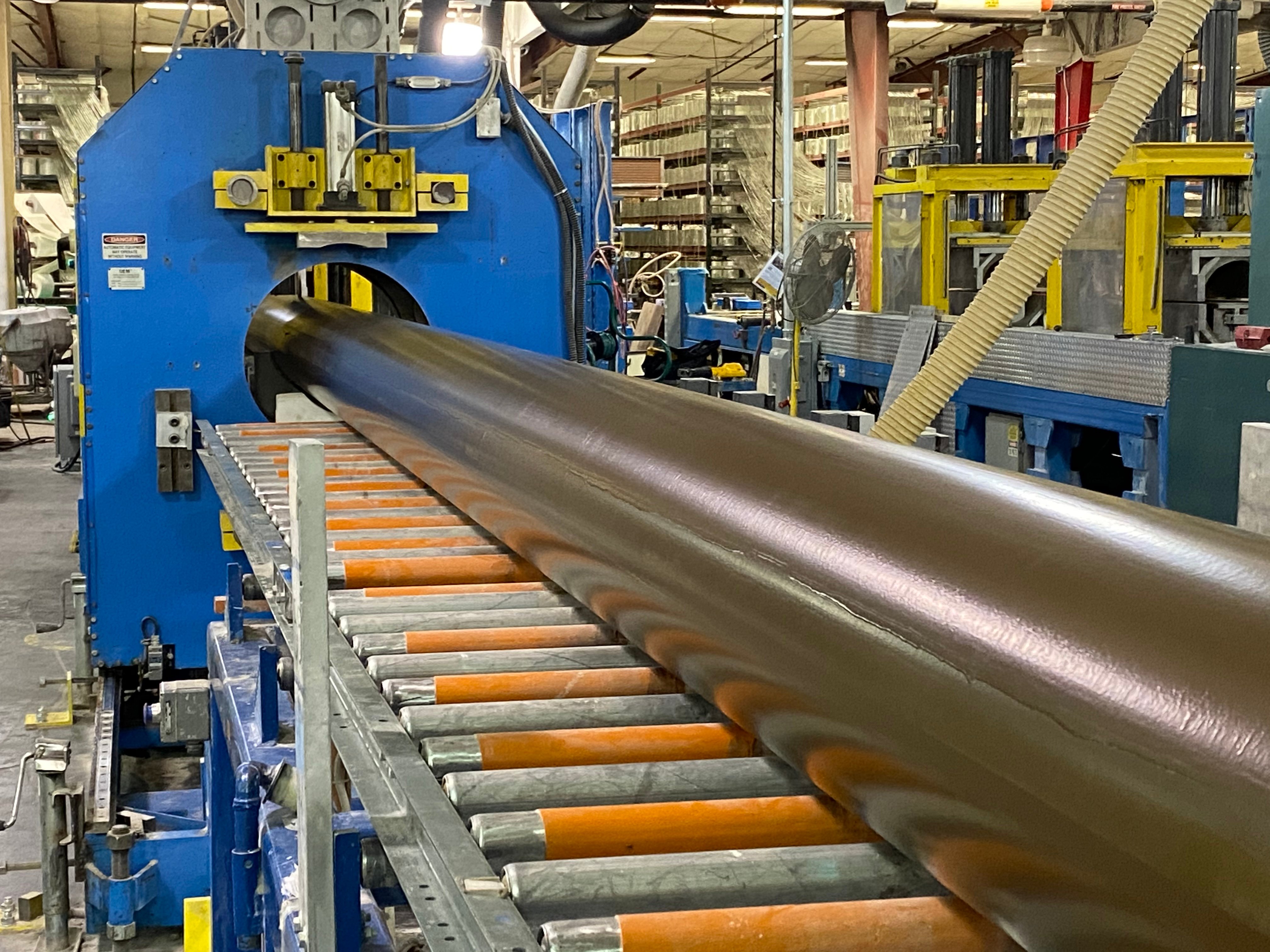
In recent years, fiber-reinforced polymer (FRP) has become a widely accepted alternative to traditional building materials like metal and wood. The composite consists of a polymer resin matrix reinforced with fibers, which results in a durable but lightweight material. These qualities make it suitable for use in a wide range of structural applications, from bridges and boardwalks to poles and piles.
FRP is available in many variations, each of which exhibits unique characteristics that make it suitable for particular applications. Additionally, the material can be worked in a variety of ways to suit different structural requirements and restrictions. Given the broad range of material and manufacturing options, it can be difficult to choose the right type and method. That’s why the FRP experts at Creative Composites Group (CCG) have put together the following guide to serve as a helpful resource for existing and potential customers. It highlights the FRP material types and manufacturing methods offered at CCG.
Overview of FRP Materials at CCG
At the start of every project, the CCG team carefully selects the resin that best suits the service conditions of the application, including with regard to temperature, humidity, and pH levels. The types available include:
- Isophthalic polyester. These resins are generally used for applications that need very good corrosion resistance. They offer excellent structural properties as well as resistance to acids, salts, and various dilute chemicals in moderate temperatures. However, they are not suitable for use in environments where there is a risk of exposure to alkaline or caustic compounds.
- Vinyl ester. These resins are excellent for both acidic and alkaline environments. Additionally, they demonstrate superior toughness and fatigue resistance.
- Polyurethane. These resins are exceptionally tough, which is why they are commonly used for parts that experience frequent impact (e.g., marina pilings).
- Phenolic. These resins are non-combustible, making them suitable for enclosed applications where fire resistance is critical (e.g., passenger trains and tunnels).
All of these resins can be combined with various additives to enhance particular properties in the final material. For example, pigments can be mixed in to add color, while UV inhibitors can be mixed in to increase longevity.
Overview of FRP Manufacturing Methods at CCG
Together, the companies in the Creative Composites Groups offer the following FRP manufacturing capabilities:
- Pultrusion. This manufacturing method is used to create components with long and consistent shapes, such as bars, beams, and rods. It involves saturating the reinforcements fibers with resin by pulling them through a resin bath and then pulling the saturated fibers through a heated steel die. This process sculpts the composite material into the desired shape.
- Vacuum infusion. This manufacturing method is used to produce large parts in low to medium quantities at an economical price. It utilizes atmospheric pressure to compact the dry fibers into layers and drive the resin into them.
- Filament winding. This manufacturing method is used to create parts and products that can withstand high operating pressures. Continuous strands of fiber reinforcement are first saturated with resin and then applied to a rotating cylindrical mold.
- Hand lamination. This manufacturing method is commonly used for prototype and low-production quantities due to its low tooling costs. The reinforcement fibers are first placed into an open mold, and then resin is poured into the mold over the fibers. The composite is then allowed to cure or harden while uncovered.
Creative Composites Group Manufactures Quality FRP Products
Interested in learning more about the FRP materials and manufacturing methods available at CCG? Contact us or download our eBook, “FRP: Benefits, Products, and Applications for Infrastructure.”
